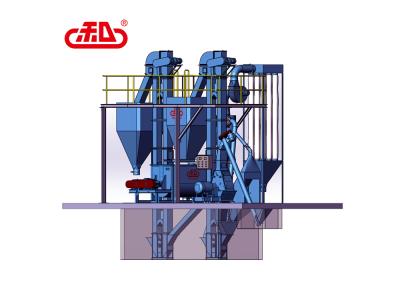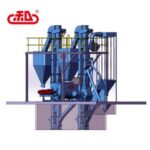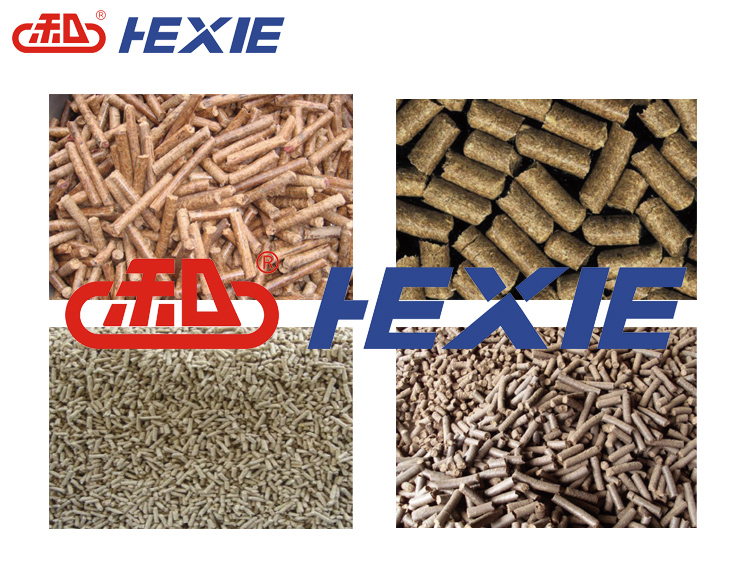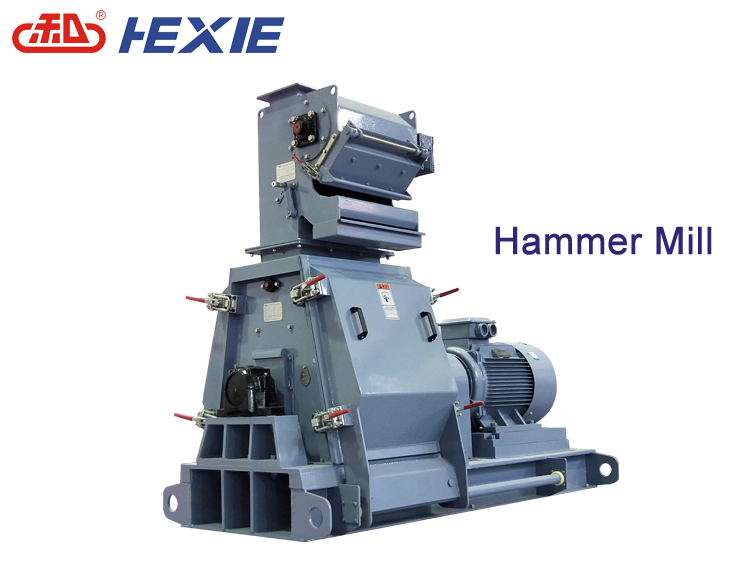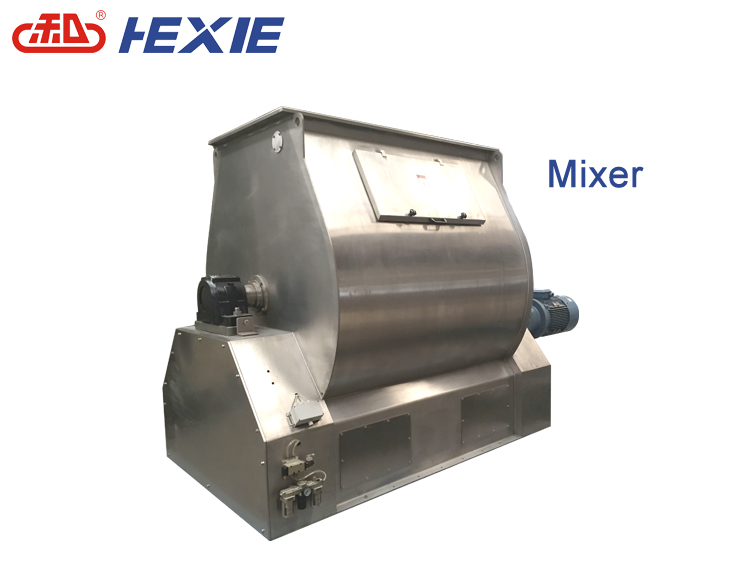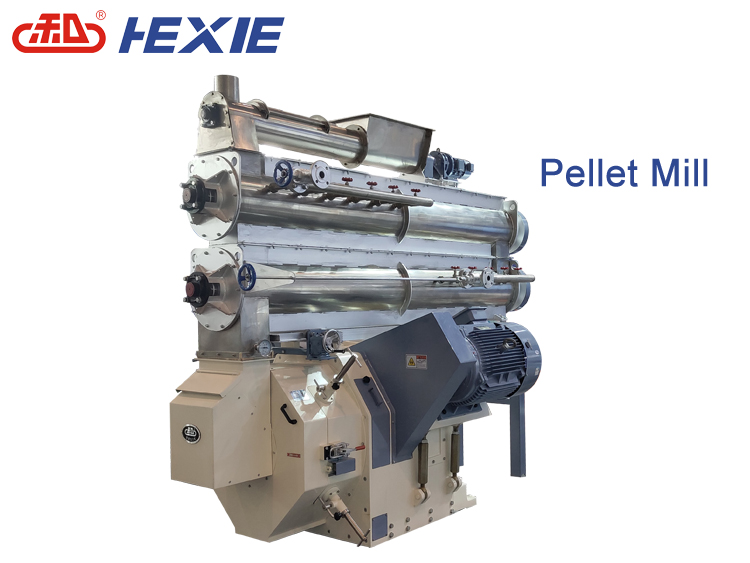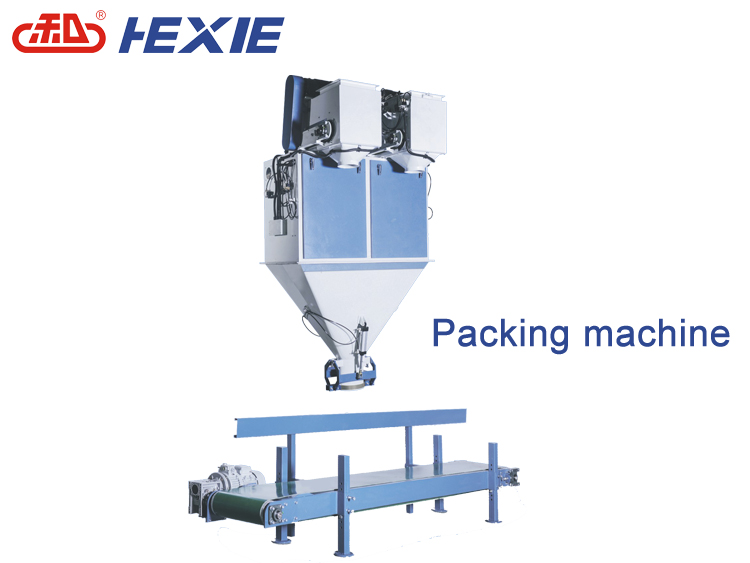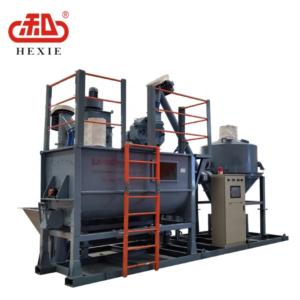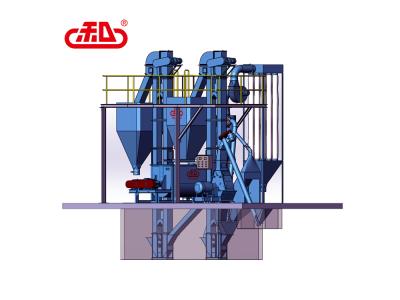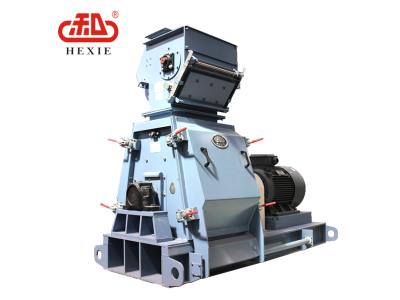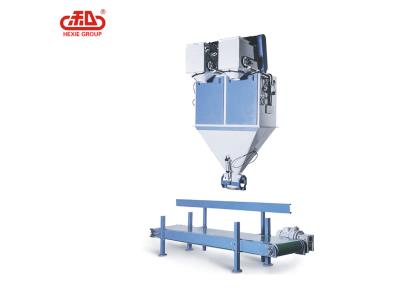Description
The Ruminant Feed Production Plant Pellet Granulator is a cutting-edge forage equipment designed specifically for the efficient production of ruminant feed. This plant is ideal for processing raw materials such as corn, wheat, barley, and soybean meal, along with grass and hay, to create nutritious pellets suitable for cattle, sheep, and camels. The unique design allows for coarse pulverization and ensures that the granulation process yields large-diameter pellets (4-10mm) that are easy to handle. With its compact structure and environmentally-friendly features, this production line meets the highest standards of quality and efficiency, tailored to the specific needs of ruminant farmers.
Specifications
| Attribute | Details |
|---|---|
| Model No. | Ruminant Feed Production Line |
| Condition | New |
| Packaging | Standard Export Wooden Case |
| Brand | HEXIE |
| Transportation | Ocean, Land |
| Place of Origin | China |
| Certificate | ISO9001 |
| Ports Available | Guangzhou, Qingdao, Shanghai |
Additional Information
For optimal operation, the Ruminant Feed Production Plant consists of several key sections:
- Raw Material Receiving and Cleaning: Ensures impurities are removed from raw materials for quality assurance.
- Crushing Section: Utilizes small-power pulverizers for coarse pulverization, ensuring efficient processing.
- Ingredient Mixing Equipment: Customizable formulations are created based on the nutritional needs of different ruminant species.
- Granulation Section: Transforms raw materials into palatable pellets by applying heat, moisture, and pressure.
- Packing Section: Automated electronic balers package the finished pellets for delivery, enhancing efficiency.
- Auxiliary Section: Includes a dust removal system and grease addition for improved feed palatability.
